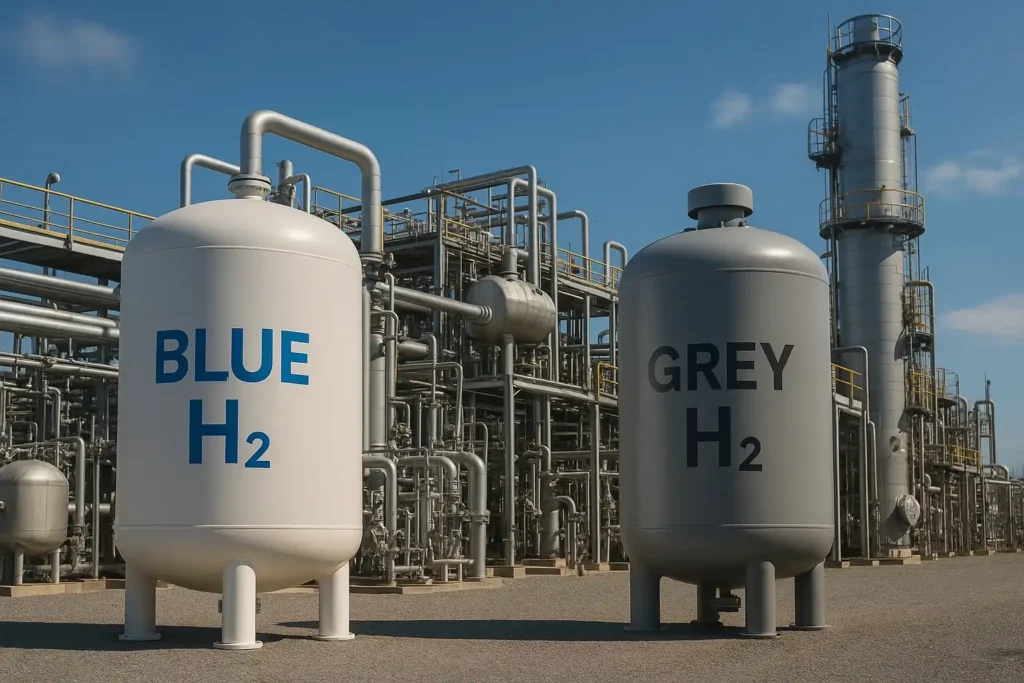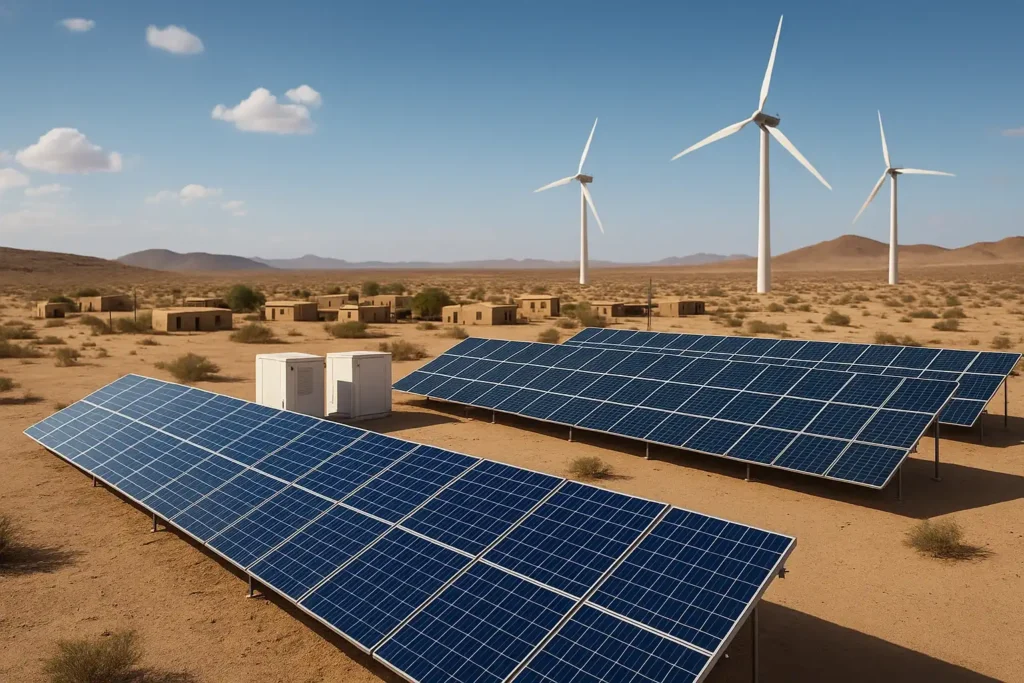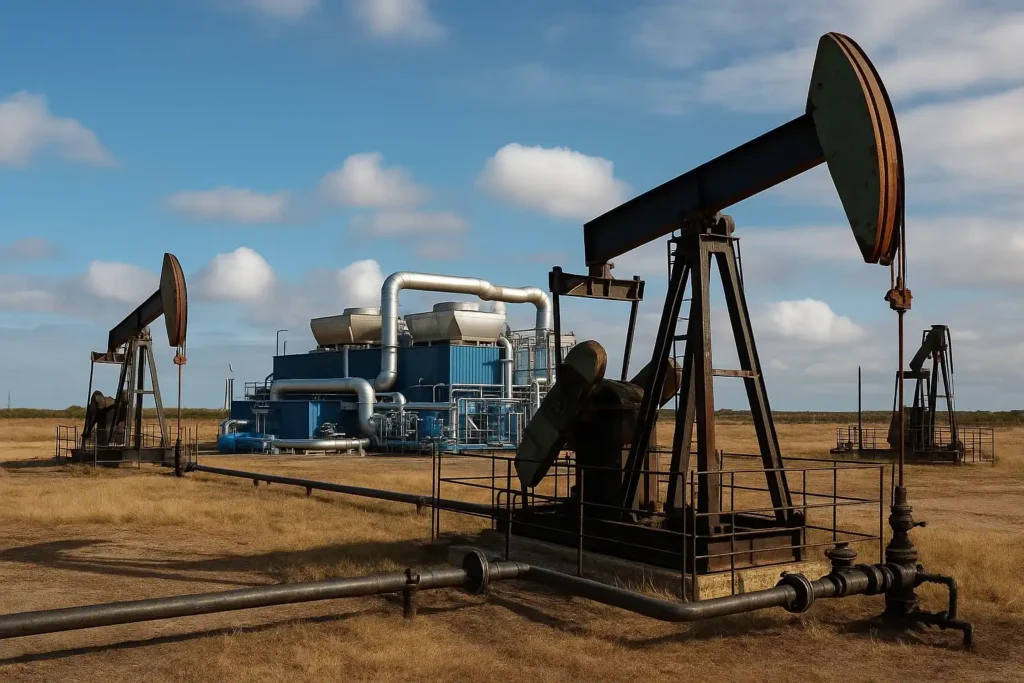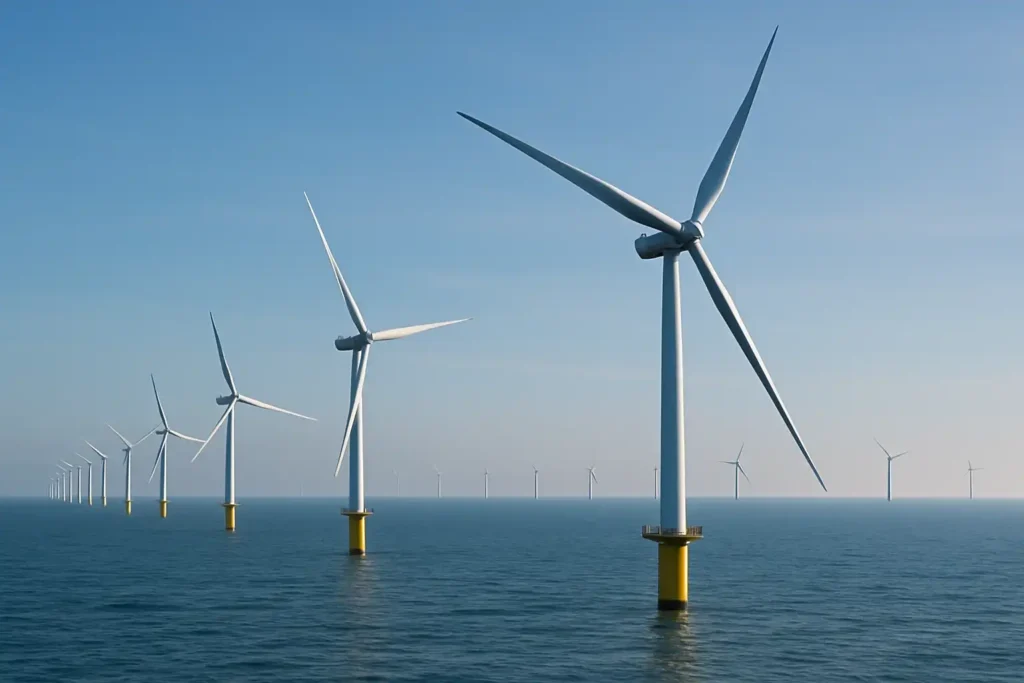Energy systems are among the most climate‑sensitive critical infrastructures. Rising temperatures, more frequent extreme events, and changing precipitation patterns threaten both supply and demand components. The IPCC’s Working Group II highlights that “infrastructure, including transportation, water, sanitation and energy systems have been compromised by extreme and slow‐onset events, with resulting economic losses, disruptions of services and impacts to well‐being” (IPCC)(Business Council for Sustainable Energy). Ensuring reliable energy delivery under a 1.5 °C–2 °C warming trajectory demands urgent assessment of vulnerabilities and targeted adaptation measures.
Observed Impacts
Thermal Stress on Power Plants
Thermal power stations rely on water for cooling; higher air and water temperatures reduce cooling efficiency and output. For instance, the European heatwave of 2003 forced several French nuclear plants to curtail generation when river temperatures exceeded regulatory limits (Business Council for Sustainable Energy)(IPCC).
Extreme Weather and Infrastructure Damage
Hurricanes, floods, and wildfires have caused substantial damage to energy assets. California’s catastrophic wildfires in 2018 not only threatened grid equipment but also implicated utilities like PG&E in equipment‑related ignitions, highlighting inadequate climate preparedness (Axios)(Business Council for Sustainable Energy). Transmission lines toppled by storms disrupt supply for millions, as seen in Hurricane Ida’s 2021 blackout of over one million customers in the U.S. Northeast.
Projected Risks under Warming Scenarios
Modeling scenarios from the IPCC indicate that, without adaptation, energy system CO₂ emissions must fall 87–97 % by 2050 to limit warming to 1.5 °C—yet the infrastructure itself is vulnerable to warming impacts that could hinder mitigation efforts (IPCC). Under 2 °C–3 °C warming, projections suggest up to 20 % declines in thermal plant availability due to reduced cooling water capacity and increased shutdown days (IPCC).
Impacts on Transmission and Distribution Networks
Line Sagging and Failure
Higher ambient temperatures cause conductor sag, reducing ground clearance and raising fault risks. Studies estimate that for every 1 °C increase, transmission capacity can drop 0.4 %–0.7 % unless cooling measures are installed (Business Council for Sustainable Energy).
Flooding of Substations
Rising sea levels and extreme rainfall events threaten coastal and riverside substations. The IPCC warns of significant inundation risks for low‑lying grid assets, necessitating relocation or seawall defenses (IPCC).
Renewable Energy Vulnerabilities
Solar PV Performance
Elevated temperatures reduce photovoltaic efficiency by about 0.5 % per °C above 25 °C. Combined with dust and soiling during droughts, this may shrink yields by 5 %–15 % in heatwave‑prone regions (Business Council for Sustainable Energy).
Wind Resource Shifts
Climate models forecast altered wind patterns: weakened mid‑latitude winds could cut output by 10 % by 2050 in parts of North America and Europe, though Southern Hemisphere sites may see gains (WIRED).
Oil & Gas and Refineries
Refineries located in floodplains face heightened flood risk, endangering operations and supply chains. Heat extremes and water scarcity also constrain steam generation and cooling processes, reducing throughput during peak demand periods (Business Council for Sustainable Energy). Aging offshore platforms confront intensified storm surges and corrosive marine conditions, shortening asset lifespans.
Economic and Social Costs
Unplanned outages and repair costs mount under climatic stresses. The electrical power interruptions from Hurricane Maria in Puerto Rico (2017) and winter storm Uri in Texas (2021) cumulatively imposed tens of billions in economic losses, underscoring the high societal stakes (Business Council for Sustainable Energy). Global estimates suggest every dollar invested in resilience yields USD 4–7 in avoided damages.
Adaptation and Resilience Strategies
- Infrastructure Hardening: Elevating substations, floodproofing facilities, and reinforcing lines can mitigate physical damage.
- Flexible Grid Management: Deploying smart sensors, dynamic line rating, and distributed energy resources enhances operational flexibility under extreme conditions.
- Water‑Efficient Cooling: Dry or hybrid cooling systems reduce thermal power’s water dependency, though with higher capital costs.
- Ecosystem‑Based Approaches: Restoring wetlands and mangroves buffers storm surges for coastal energy assets.
The cross‑sectoral IPCC synthesis emphasizes integrated planning that aligns energy, water, and land‑use strategies to build multi‑hazard resilience (IPCC).
Policy and Regulatory Frameworks
Effective adaptation requires supportive policies including:
- Climate‑Informed Standards: Mandating climate risk assessments for all new energy investments.
- Incentives for Resilience: Grants or tax credits for upgrading vulnerable infrastructure.
- Integrated Resource Planning: Utilities regulators should incorporate climate projections in long‑term planning cycles.
- Public‑Private Collaboration: Sharing risk data and co‑financing resilience projects enhances scale and efficacy.
Internationally, frameworks like the UN’s Sendai Disaster Risk Reduction Goals and the G20’s voluntary guidelines for sustainable infrastructure guide national strategies.
Climate change is already reshaping the operating environment for energy infrastructure. Without swift adaptation and coordinated policy action, the reliability and affordability of energy services face growing threats. By investing in resilient design, flexible operations, and cross‑sector planning, stakeholders can safeguard energy security and support the broader decarbonization agenda—a critical step toward a climate‑resilient energy future.




